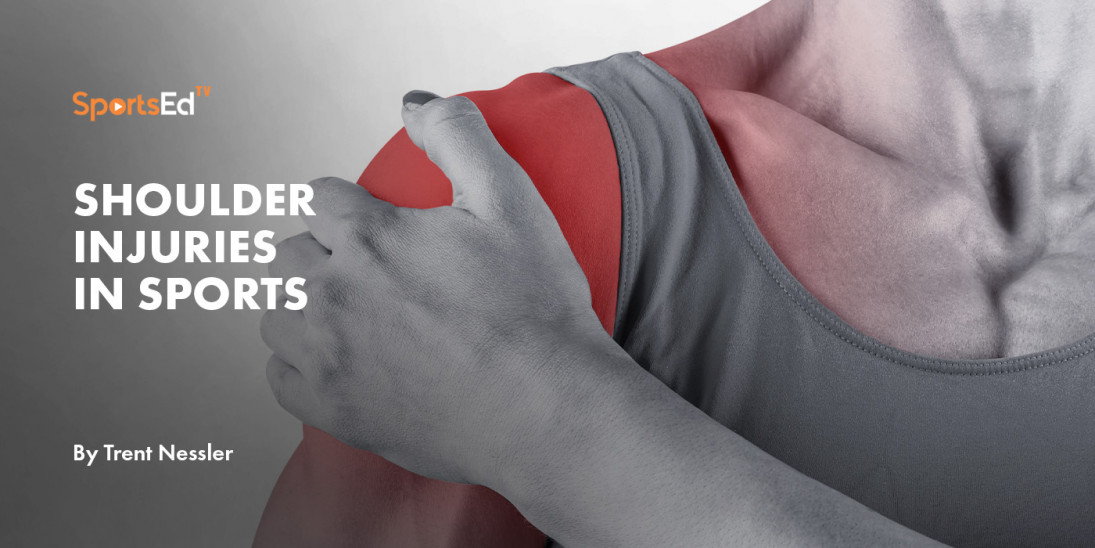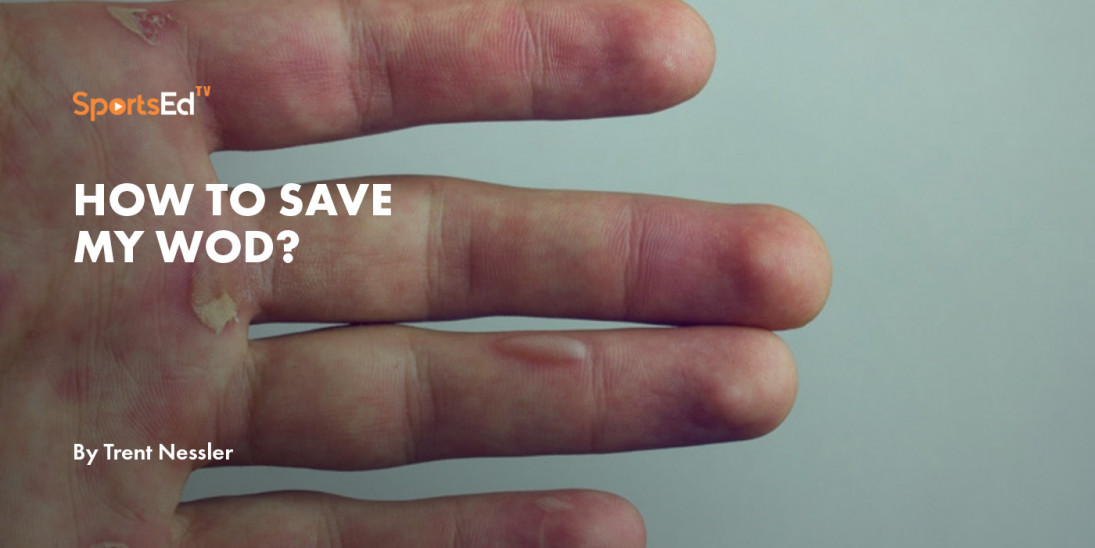Pickleball
Welcome and thanks for visiting...

How To Train For Pickleball (Warm-Up)
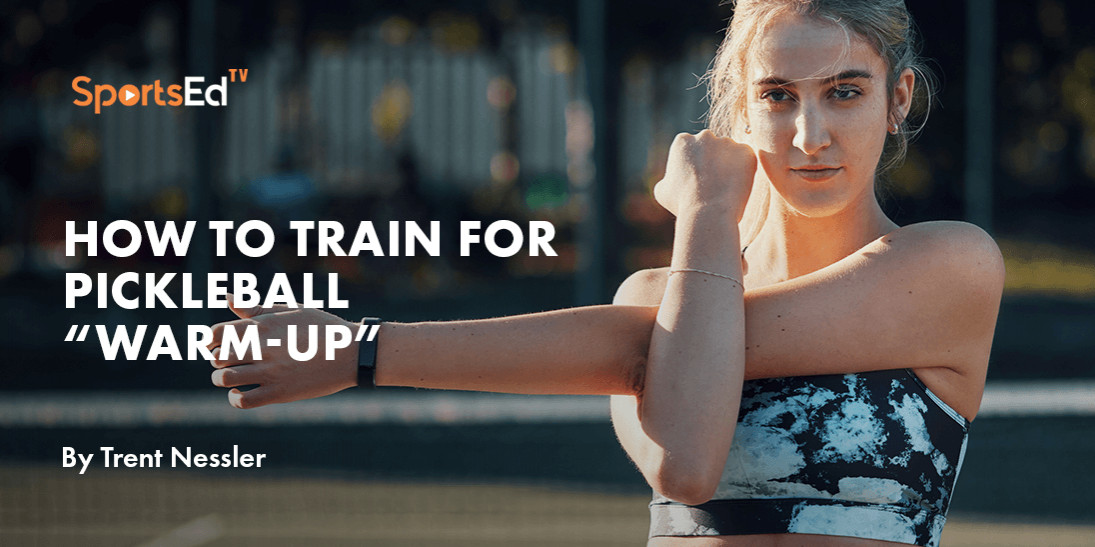

Pickleball is quickly becoming one of the fastest-growing sports in the US. Part of the attraction of the sport is the ability to quickly pick up the sport and be able to play competitively with your friends with relatively little training.
As such, this has attracted people of varying fitness levels, from those with lower-level fitness to highly competitive athletes. With that has come an increased number of preventable injuries which could be mitigated with a proper warm-up, some recovery post-play, and some prevention exercises.
In the following blog series, we will cover some basic warm-up routines, some things that can be done to improve recovery post-play, and some exercises you can add to your routine to help mitigate the risk of injury.
Dynamic stretches, stretching with motion, are quickly becoming the preferred form of warm-up at all levels of sports. Not only does this aid in greater mobility, but it also is a great way to warm the muscles up and prep them for the activity they are going to be going through. The dynamic stretches recommended here are full-body movements and can be done quickly before a game (This should take a total of 5-10 min).

Dynamic lunge with rotation
Take a long stride (lunge) forward with the right foot while keeping the left knee straight and coming up onto the toes on the left. Take the right hand and place it on the inside of the right foot, and take the left arm straight up at 90 degrees (pictured). From this position, raise your arm over your head as comfortably as possible. Hold for three seconds and repeat on the opposite side. Perform a total of 5 reps on each side.
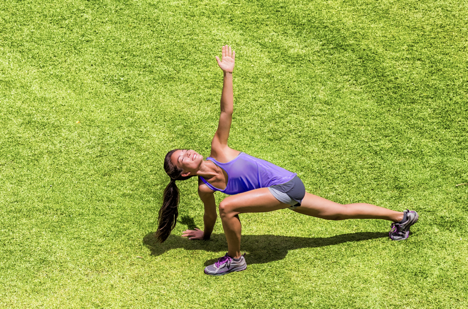
This is a great stretch for prepping for athletic movement. Take one hip into the end range of flexion and the opposite into the end range of extension, this provides the level of hip mobility that is needed with athletic movements and movements requiring agility. When bringing your arm over your head, this provides a huge stretch from the leg, to hip, trunk and shoulder all at the same time. This extended position of all the joints in the chain maximizes the benefit.
Keys to success with this stretch. Lunge far enough forward that your kneed does not go over your toes when in the end range of motion of the lunge. Make sure your back leg is fully extended and that your toes are pointing straight ahead and not toeing out (this will roll the hips out). When lunging forward, do not allow your knee to collapse in toward mid-line.
Sumo Squat to Push-up
Start in a deep squat position. Pull up on your toes and come up to a fully extended position. Hold for 3 seconds then walk your hands out to a push-up position. Perform two slow push-ups. Keep your knees straight, toe walk your feet up to your hands. Repeat. Perform a total of 5 reps.
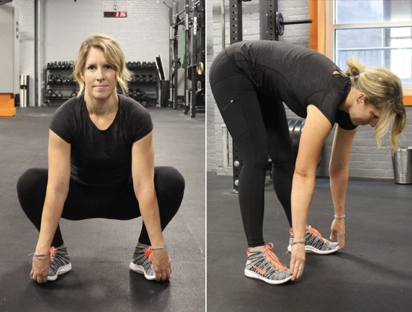
This is also a great stretch to prep for athletic movement. This takes the hamstrings through their full range of motion. By pulling up on the feet/1st toe, you create a stretch to the plantar fascia (bottom of the foot) and a greater stretch to the calves and hamstring. With the pushup position, you bring in upper body strength, core strength, and scapular/shoulder strength. All of this is essential to preventing injuries and having greater athleticism and agility.
Keys to success with this stretch. When getting into the squat position, kick your butt back so that your knees don't progress over your toes. When pulling up on the toes, rise to the full extended position slowly. This is a huge stretch to your hamstrings as well as your lumbar spine. When you go into the pushup position, make sure to keep your abs tight and don’t let your trunk rotate. When toe walking up to your hands, make sure your knees are straight, this maximizes the stretch to the hamstrings.
In addition to stretching the muscles of the lower kinetic chain, it is also important to stretch the muscles of the shoulder girdle.
Shoulder flexion stretch
In this movement, you can place your arm against the wall, hold your abs tight and move toward the wall pushing your arm to the fully flexed position. Make sure when doing this, to keep your thumb pointing toward you (not pictured). This clears the rotator cuff in the subacromial space and makes it more comfortable. It is important during this stretch, you do not experience pain. If so back off the stretch and attempt again without as much range. If still have pain, discontinue. If not, hold this for 30-45 seconds and repeat it 3 times.
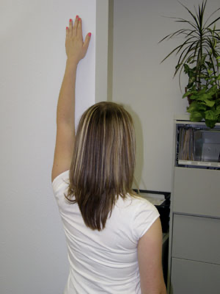
Posterior shoulder stretch
Leaning against the wall on the right arm, bring the shoulder to 90 degrees of flexion and adduction (toward the midline). Slowly rotate your left shoulder and body toward the right shoulder. You should feel a stretch in the back of the right shoulder. You should not have pain with this. If you do, back off. Hold for 30-45 seconds and repeat 3 times.
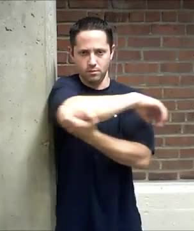

Pec stretch
With your arm at 90 degrees flexion and abduction, place your forearm against the wall. Slowly rotate your trunk and shoulder to the right and you should feel a stretch in the front of the chest area. You should not have pain with this. If you do, back off. Hold for 30-45 seconds and repeat 3 times.
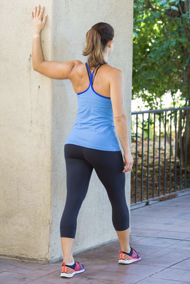
Collectively, the above stretches should take a total of 5-10 min. Performing these before your pickleball match will prep your body, help you move better, and reduce your risk for injury during your game. Next blog, we will discuss some hip and shoulder strengthening you can do to help mitigate your risk of injury and improve your performance.

